By Brooke Curley
CEDAR SPRINGS – A dusty dirt road winds through the cacti and cedar, and beside it stands a marker for the mass grave of six men killed roughly 136 years ago in the Samaniego Massacre.
Jay Rasco, of Southeastern Arizona Clean and Beautiful (SEACAB), and Hal Herbert, of the Graham Historical Association and Restoration Committee, traveled out to Cedar Springs down the Klondike Road to reach the site of the Samaniego Massacre on Saturday.
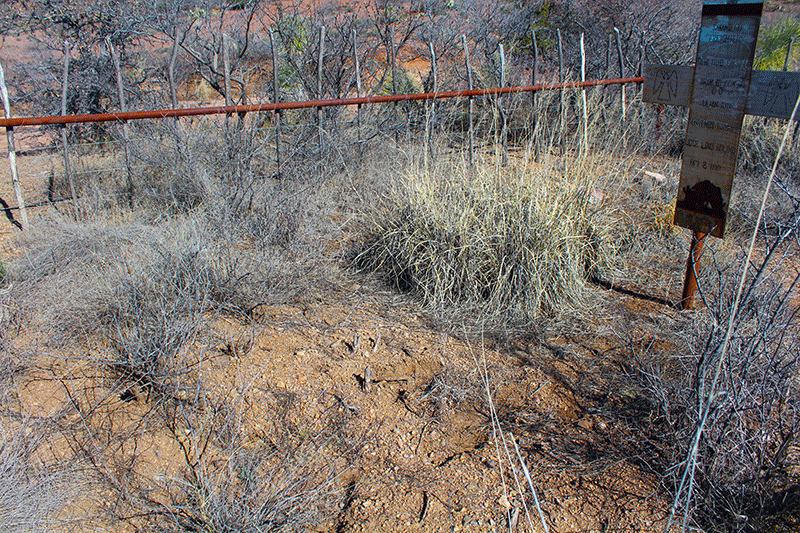
Brooke Curley Photo/Gila Valley Central: The mound to the left side of the photo is where the grave site is located.
In October of 1881, a mule train was headed toward Cedar Springs from Wilcox. While nearing the stagecoach stop in Cedar Springs, the mule wagon train was attacked by the Apache war chief, Geronimo, and more than 100 other Apaches. Everyone traveling in the wagon train was killed except for two men.
While on the tour, Herbert told those attending that the massacre was inadvertently caused by the U.S. military when they killed the Apache Shaman, Noco-det-Lina. Lina was a shaman who created a new Apache religion, in which individuals would bring goods in tribute so he could to raise the dead Apache chiefs. Once the chiefs were raised, they would lead the Apache to war against the white man.
“The military really got frightened and decided to gather some troopers and scouts to go out and arrest Noco-det-Lina before he caused more trouble on the reservation,” Herbert said.
To the detriment of all those involved, the military decided to go and arrest Lina with a dozen troops and a dozen Apache scouts. These scouts were from the same area as Lina, and were a part of his fellowship. After the military arrested Lina and was transporting him to the nearest fort for holding, the troops noticed that a group of Apaches that were following them was steadily getting bigger. Eventually, shots were fired.
“No one knows who did it, but Noco-det-Lina was killed, along with several soldiers and scouts as well,” Herbert said. “All the Apaches living up in Cibecue were very frightened of the military and they spread the word throughout the reservation, all the way to the San Carlos area, that the military was going to come around and kill and arrest everybody like they did with Noco-det-Lina.”
Because of this unrest on the reservation, caused by the military’s botched arrest leading to Lina’s death, Geronimo and his father-in-law, Juh, decided to leave the reservation. Leaving the reservation, Geronimo and Juh took their very large families with him and headed down to Mexico. However, the Samaniego wagon train was unfortunate enough to be in his path.
“The six men died in an Apache raid on their mule wagon train as they were transporting massive amounts of supplies,” Herbert said. “The Apaches were on the hill near the house and at the same time there were two huge wagons, Mexican drovers, coming this directions from Willcox.”
The man who survived at the site of the massacre was shot and played dead while the Apaches continued to raid the wagon trains. It was his account that was relayed to the papers, and that’s why the history books know so much about the incident.
Military soldiers were dispatched to chase after the Apaches. After finding that the telegraph wire had been cut, the military quickly also found five telegraph technicians who had been killed as well. At one point, the Apaches ambushed the soldiers from a hill. This ambush resulted in a firefight that lasted all afternoon and into the night, pinning down the military. When the troopers awoke the next morning, the Apaches had escaped.
“No Apaches, no mules, nothing,” Herbert said. “In the nighttime, the women had gone to work and had used the fabric that they had gotten from the wagon and tied it around the hooves of the mules, which was a lot of work, and went higher up toward the foothill and headed way around Fort Grant.”
After holding down the military all afternoon and all night, the Apaches traveled to Mexico, where they remained for years until Geronimo surrendered in 1886.
In February, Herbert and Rasco intend on taking a group on a historical visit to Red Knolls to discuss the historical aspects of the landmark in the Gila Valley.
Those who died at the wagon train:
1. Bartolo Samaniego
2. Demetrio Carmelo
3. Sostenos Estrado
4. Braulio Gomez
5. Jose Lino Molino (cook)
6. Julian Rios

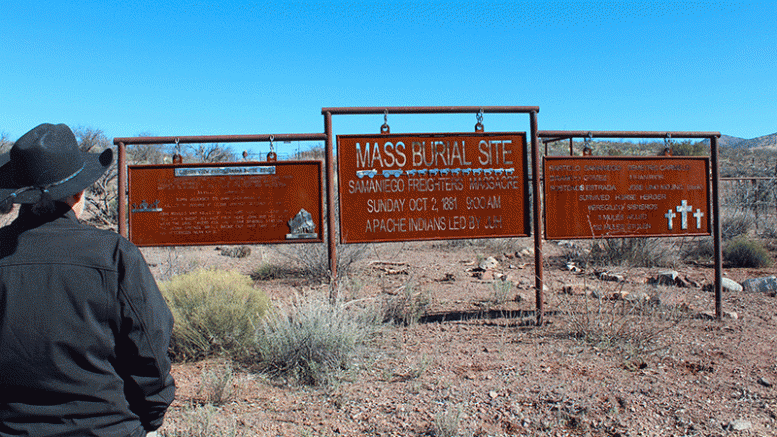




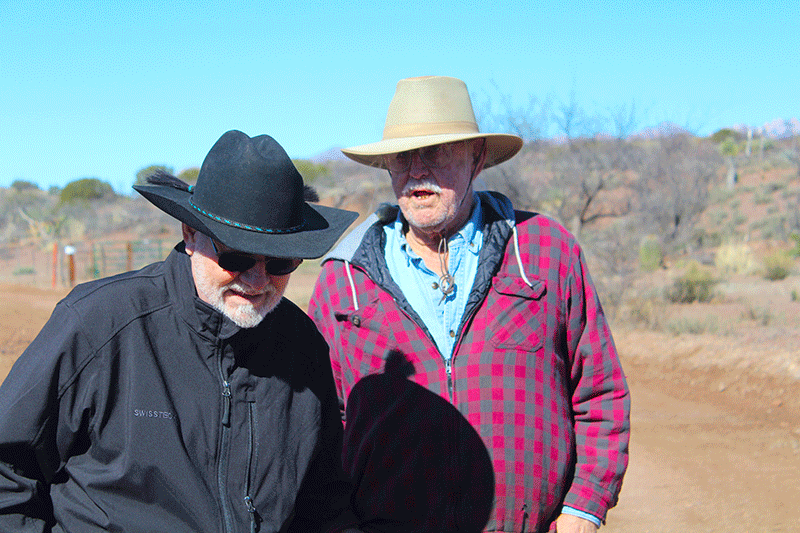

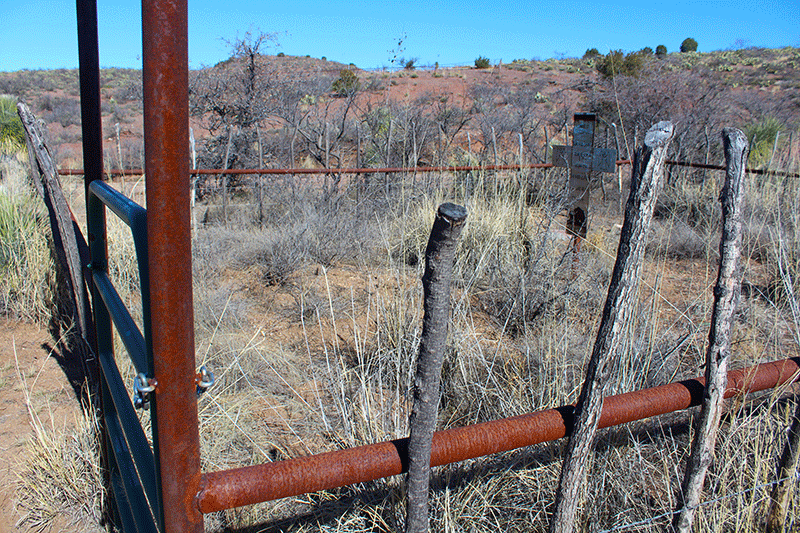
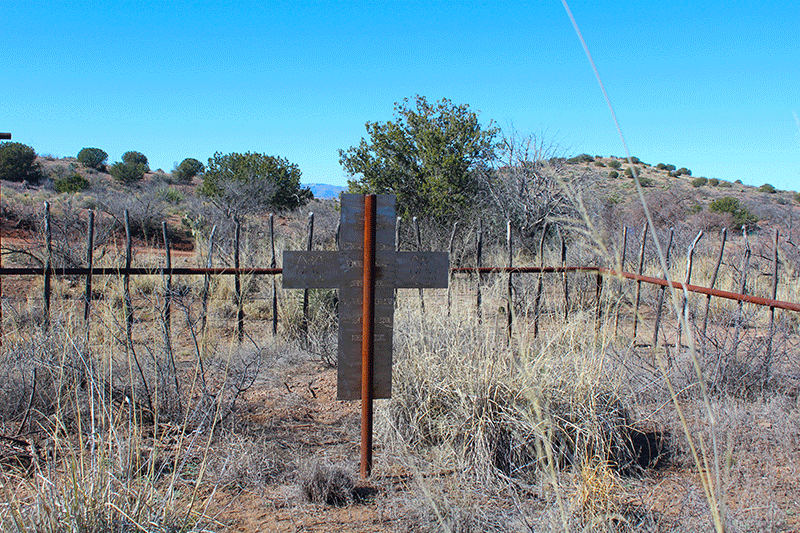
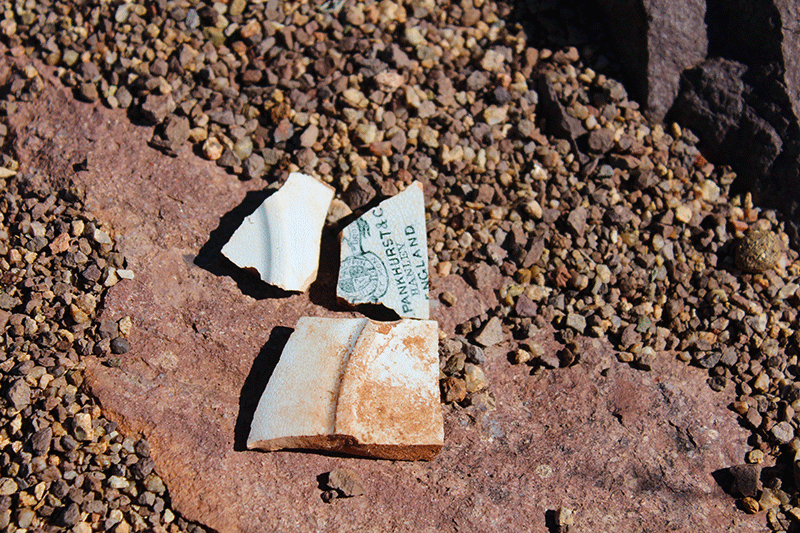
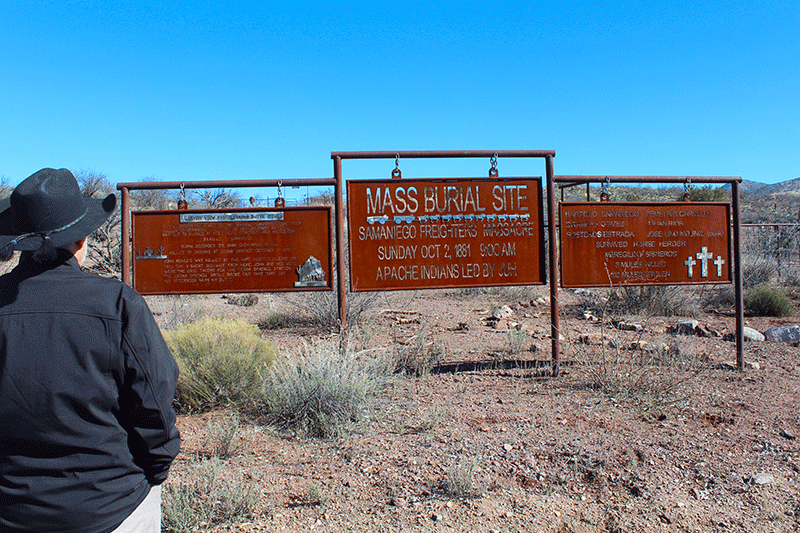



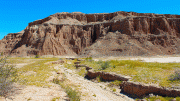
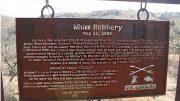
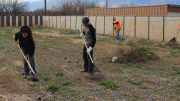

.jpg)